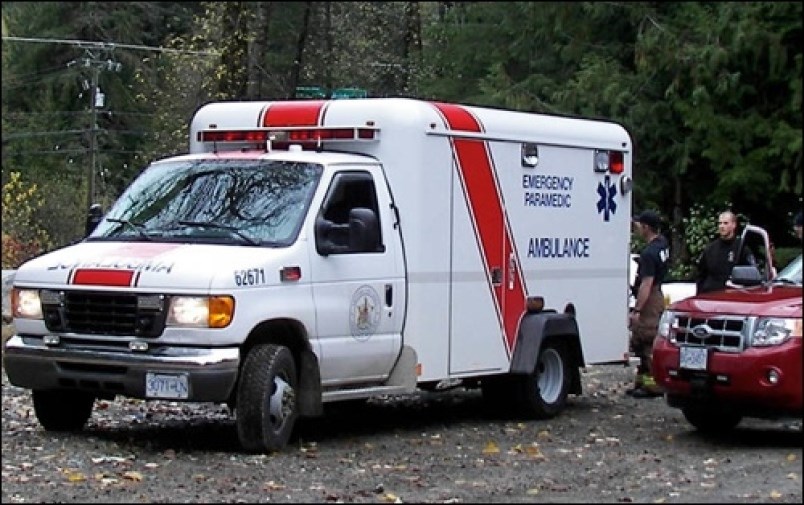Squamish needs more full-time paramedics and emergency service resources — stat.
We are long overdue for this investment.
Our population has boomed, and consecutive provincial governments have invited the world to play in the Sea to Sky Corridor by approving significant developments here — such as the Sea to Sky Gondola — that draw thousands to our community.
Therefore, it needs to ensure we have the first responders we need to care for people who live and visit here.
Tragic crashes that take lives on our highway, such as the recent death of an international student on Feb. 23, get a lot of media attention, but local first responders tell The Chief it is the day-to-day grind when they need more support.
“The corridor needs more resources to adequately meet the demand,” agreed Cameron Eby, provincial president of CUPE Local 873, which represents ambulance paramedics and emergency dispatchers in B.C.
Eby also lived in Squamish for more than a decade, until 2016, so he knows the corridor well.
Squamish currently has four full-time and 29 part-time paramedics.
Traffic calls alone are increasing by about 50 more calls every year, Eby confirmed.
We have two ambulances, and that has been the case since the 1990s.
Meanwhile, the population of Squamish has increased to close to 20,000 from about 14,000 in the mid-90s. Not to mention the increase in tourism to our area as we morphed from Whistler’s overlooked cousin to a star in our own right.
Some temporary emergency resources are added at critical points — such as air ambulances from the Lower Mainland when there is a severe crash — but not on a regular basis.
“It can get very thin, very quickly with just a few calls,” he told The Chief, adding were there two people having heart attacks in Squamish at the same time and needing ambulances, for example, the local system would be strained.
The good news is last spring the previous provincial government announced a $91.4 million injection of funding over three years to emergency services in B.C., and it is possible some of that will end up in the corridor, but so far, it hasn’t.
“We don’t have any indication that the Sea to Sky is on the list right now,” Eby said.
The Ministry of Health needs to invest even more in BC Emergency Health Services, which is responsible for the ambulance service, 811, and other community health services and to ensure the Sea to Sky Corridor is on the list for those funds.
Our dedicated and hardworking local first responders need and deserve that support and those of us living, working or visiting here deserve it too.
It just makes common sense.



